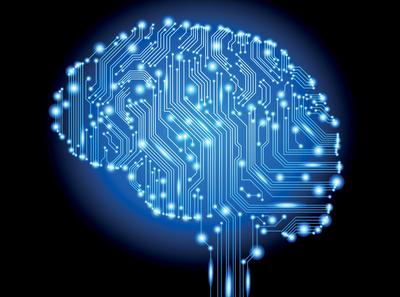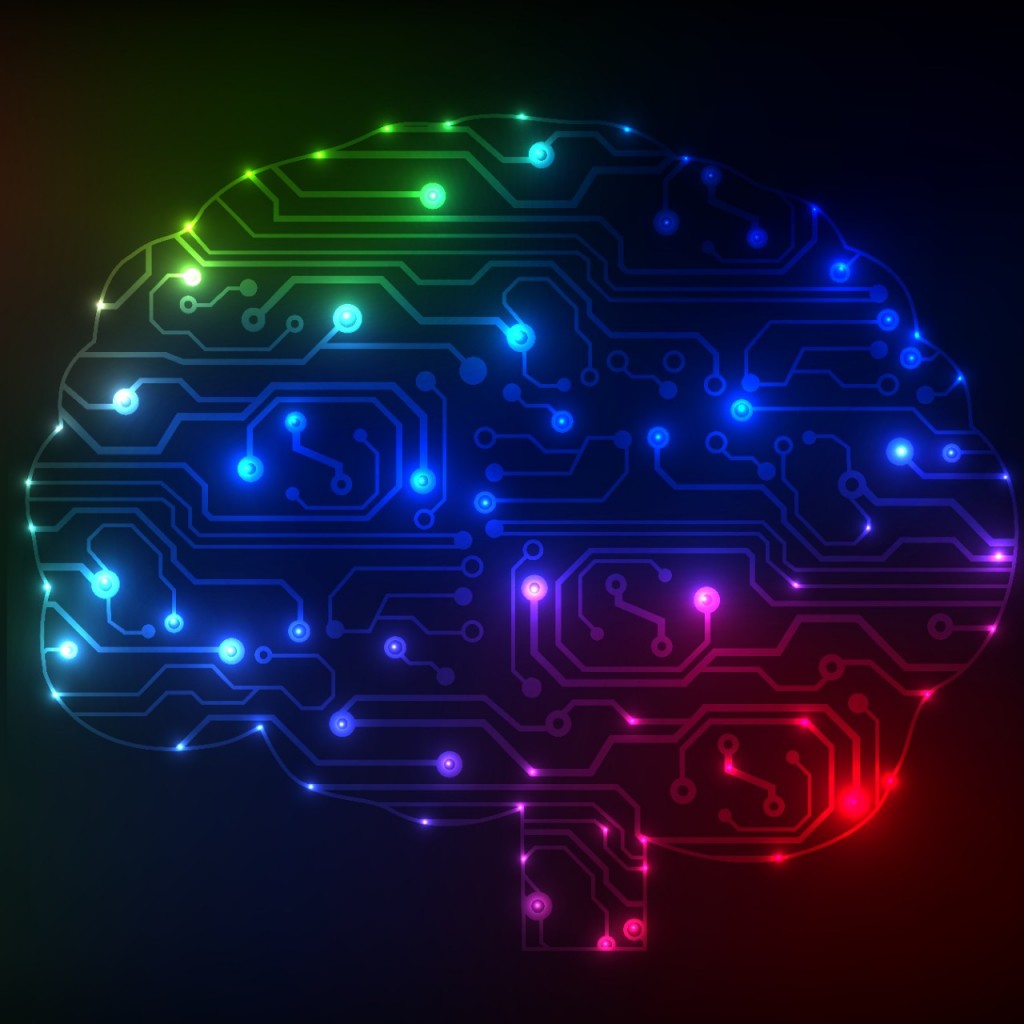 There are so many vast secrets that we humans work tirelessly, desperately to unlock. We want to know the secrets of the universe. We want to go to the moon, and we work endlessly in the hopes to travel further and further into space. There are a multitude of ancient histories and mysteries we want to uncover as well, but the biggest challenge indeed might be understanding the true, inner workings encased inside your cranium.
There are so many vast secrets that we humans work tirelessly, desperately to unlock. We want to know the secrets of the universe. We want to go to the moon, and we work endlessly in the hopes to travel further and further into space. There are a multitude of ancient histories and mysteries we want to uncover as well, but the biggest challenge indeed might be understanding the true, inner workings encased inside your cranium.
Creating and harnessing artificial intelligence has been a goal for as long as most of us can remember, and there are numerous agendas behind that, but as Andrew Maynard pointed out in a thesis paper published by Nature Nanotechnology this month, projects such as the Obama Administration’s Brain Research through Advancing Innovative Neurotechnology (BRAIN) and the European Union’s Human Brain Project are geared toward replicating the brain in hopes to study and understand disorders and diseases which affect the brain, as well as progressing in the mechanics of neurotechnology and creating brain-like architectures. He further explored these ideas in an article published on Slate, where he brought his concepts into more everyday terminology.
While you may often wish your brain worked like a computer, scientists would like to make computers that can work like the brain — and that’s a hard act to top. The true form of artificial intelligence may become a reality when the two converge. And the convergence of a number of other factors, according to Andrew Maynard, will help forge this along with 3D printing technology at the top of the list, coupled with nanotechnology and the aid of complex processors.
Maynard points out that what makes true replication of the brain and all its processes so inestimably challenging is “a 3-D matrix of billions of neurons tied together by hundreds of trillions of synaptic connections.” 3D printing seems to Maynard like the best and most obvious choice for unlocking the secrets of the human brain and replicating it for AI because in all its simplicity, it presents a third dimension — a model. But right now — that’s all it is: a plastic model.
The challenge is in recreating all those delicately lit connections, unbelievably intricate and seemingly infinite, inside a 3D printed structure. If you’d proposed this notion before the advent and acceptance of 3D printing as a valid practice, such a thing would have seemed like a a figment of one’s imagination, and something that could only be achieved by something akin to magic.
 It’s a complex project for the scientists, that’s for sure. With 3D printing, however, we have 3D design on our side, which means going back to the drawing board is much easier than in years past. Tweaks and refinements can be made quickly with digital design, and the puzzle of the human brain is certainly much easier to consider with digital aids, even if we can’t replicate it by computer.
It’s a complex project for the scientists, that’s for sure. With 3D printing, however, we have 3D design on our side, which means going back to the drawing board is much easier than in years past. Tweaks and refinements can be made quickly with digital design, and the puzzle of the human brain is certainly much easier to consider with digital aids, even if we can’t replicate it by computer.
“Complexity is cheap with 3D printing,” points out Maynard.
Heat management, another issue with computers, could be dealt with in a 3D printed ‘device,’ as Maynard points out that “a secondary fluid-based heat-management network would be relatively simple to add to a three-dimensional brain-inspired architecture.”
The main challenges that Maynard points out are:
- We are currently just talking about making a model with 3D printing that would be plastic or metal. To create AI, the brain would require actual working neurons, and right now that seems perhaps as far off as something like 3D printing would have seemed previously.
- Although substantial hurdles are being jumped with electronics and conductive materials in 3D printing, in Maynard’s estimation, while 3D printing of electronics with artificial neurons may be the key for making AI work, we aren’t currently able to produce anything close to the type of functional parts we would need. Yet. Molecular manufacturing would play the crucial role for 3D printing bringing AI to the table.
The task currently remains the same in learning as much about the brain as possible, firing on all synapses toward inspiration and innovation that will lead us to true artificial intelligence. Do you think AI is really that far off? What do you see as other hurdles we face in making true artificial intelligence a reality? Join the discussion in the 3D Printing and Artificial Intelligence forum thread at 3DPB.com.
Andrew Maynard, a leading expert on the responsible development and use of emerging technologies, is the director of the U-M Risk Science Center.

Subscribe to Our Email Newsletter
Stay up-to-date on all the latest news from the 3D printing industry and receive information and offers from third party vendors.
You May Also Like
Gorilla Sports GE’s First 3D Printed Titanium Cast
How do you help a gorilla with a broken arm? Sounds like the start of a bad joke a zookeeper might tell, but it’s an actual dilemma recently faced by...
Nylon 3D Printed Parts Made More Functional with Coatings & Colors
Parts 3D printed from polyamide (PA, Nylon) 12 using powder bed fusion (PBF) are a mainstay in the additive manufacturing (AM) industry. While post-finishing processes have improved the porosity of...
$25M to Back Sintavia’s Largest Expansion of Metal 3D Printing Capacity Since 2019
Sintavia, the digital manufacturing company specializing in mission-critical parts for strategic sectors, announced a $25 million investment to increase its production capacity, the largest expansion to its operations since 2019....
Velo3D Initiates Public Offering in a Bid to Strengthen Financial Foundations and Drive Future Growth
Velo3D (NYSE: VLD) has been among a number of publicly traded 3D printing firms that have attempted to weather the current macroeconomic climate. After posting a challenging financial report for 2023,...
































